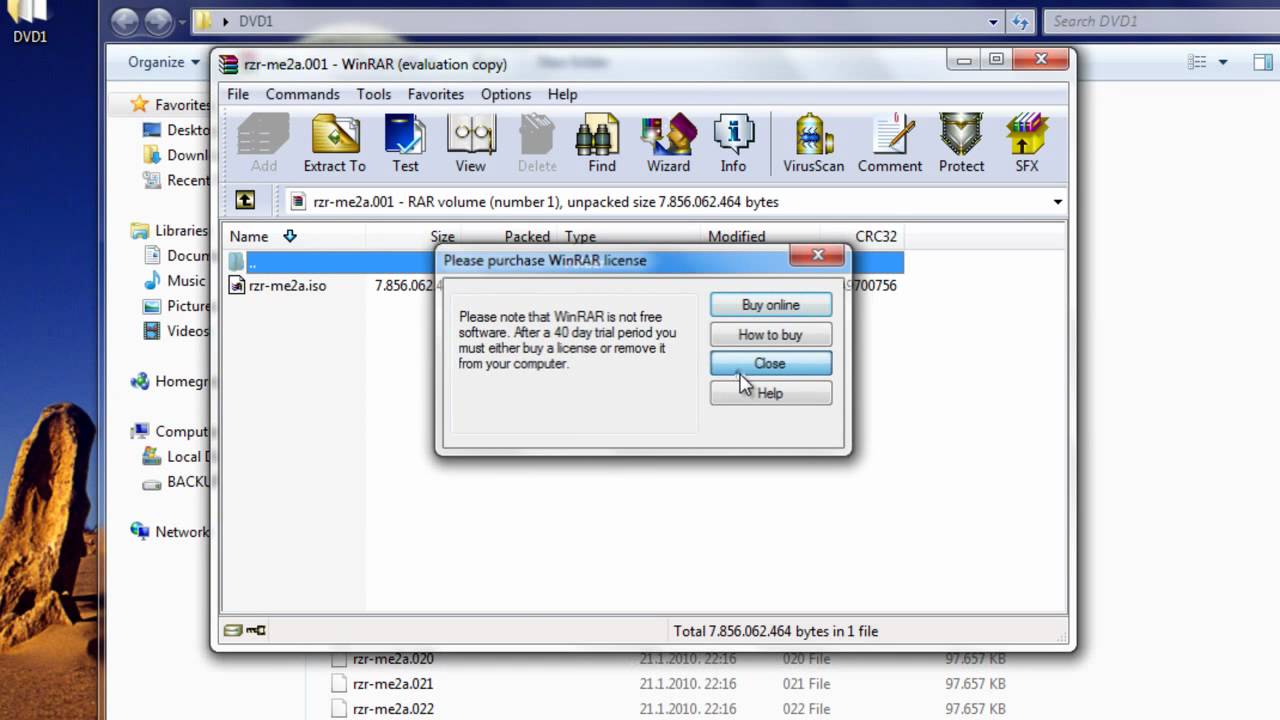Share safely just setting a password and creating highly encrypted files. Using AES-256 encryption specification for your 7z files and Zip 2.0 legacy encryption specification for your Zip files. Double-click a RAR file. Doing so should launch StuffIt Expander, which will begin extracting the RAR's files. If StuffIt Expander does not launch, right-click or control-click the RAR file, then select Open With and click StuffIt Expander. If you are trying to extract a multi-part RAR file, start with the '.rar' or '.part001.rar' file. RAR is a proprietary archive format, so you need third-party software to open and extract it on your Mac. In this post, we show you our favorite software to use for this, as well as some alternative ways to open.rar files in macOS.
If you’ve ever download large packages of files split up into a batch of RAR files, you may have had the situation where the RAR can’t be expanded due to an error.
@Johannes Bols: Thanks for the feedback. Rar file = a file with “.rar” as it’s file extension = a file with a “.rar” file name ending = a file that has been compressed using the RAR method of file compression, and should be decompressed before revealing the original file (which could be a.jpg-picture or a.doc-Word-document or any other file type). How to Open RAR files on MAC. How easy it was in the case of Windows. I wish to open RAR files on mac would have been as simple as it was on windows. But this is not the case at all. On the mac, you need a RAR file opener to extract and open RAR files. Let’s start and see how this is done. You people must have heard the term ZIP files.
Open Rar Files On Mac Os
If all the files are complete they should have the same number of bytes (except the last file which will likely be smaller than the others), then it is possible some data was corrupted.
RAR files usually contain a repair segment within them. They also contain error checking data (CRC data) in them. This means you can test an RAR file for corruption, and it means you can often repair a RAR file that won’t extract. Of course if any of the files in batch are incomplete a repair won’t be possible. If the files are exactly 100 MB each, and you have one in the batch that is say 99.999 MB then the file is complete. You may be able to resume the download or you may have to re-download that file. If, however, the files are all complete but one or more have errors, they could likely be repaired.
Here’s how to do it.
Step 1
Follow the instructions in this article to install RAR and UNRAR.
Step 2
Follow the instructions in this article to test the archive for possible damage / corruption. After that, you will have now identified which files in the archive set or batch are damaged.
Step 3
Run Terminal.app (type Terminal into Spotlight search).
With all the RAR and UNRAR commands, any time files will be generated you need to first change the active directory (in Terminal) to the location where you want the output files to go. So the first command (cd) in the following example is for that purpose.
Type in the following into Terminal at the command line:

Note, there is a space before and after the free-standing “r“. So it’s rar(space)r(space) – don’t hit enter just yet.
TIP: Also remember you can simply drag folders and files from Finder into Terminal and their full path will magically appear in Terminal. It saves having to type long paths and avoids making errors.
Go to finder and locate the first damaged file you found in the RAR test you performed in Step 2.
Grab the file in Finder and drag it to Terminal. You should now see the full path of the file appear after the rar r part you typed. It will look something like this:
File Rar For Mac Osx
Hit enter and watch RAR do its work. If the file is repaired you’ll see output along this lines of the following:
Open Rar Files On Mac
If you see “Done” and all the Sector lines say, “data recovered” at the end, then your file should be complete repaired. Nice, that’ll save you from having to download it again.
Once you’re done with the repair you may need to copy the repaired files into the folder with the rest of the RAR archive files. You will be prompted to replace the existing (damaged) files. Either rename them first, or move them, or simply let them be replaced with the repaired versions.
Opening Rar File Mac
You’re now ready to do the extraction. You can use one of the many Mac GUI archive tools or you can do it in the command line using the instructions here in this past article.

